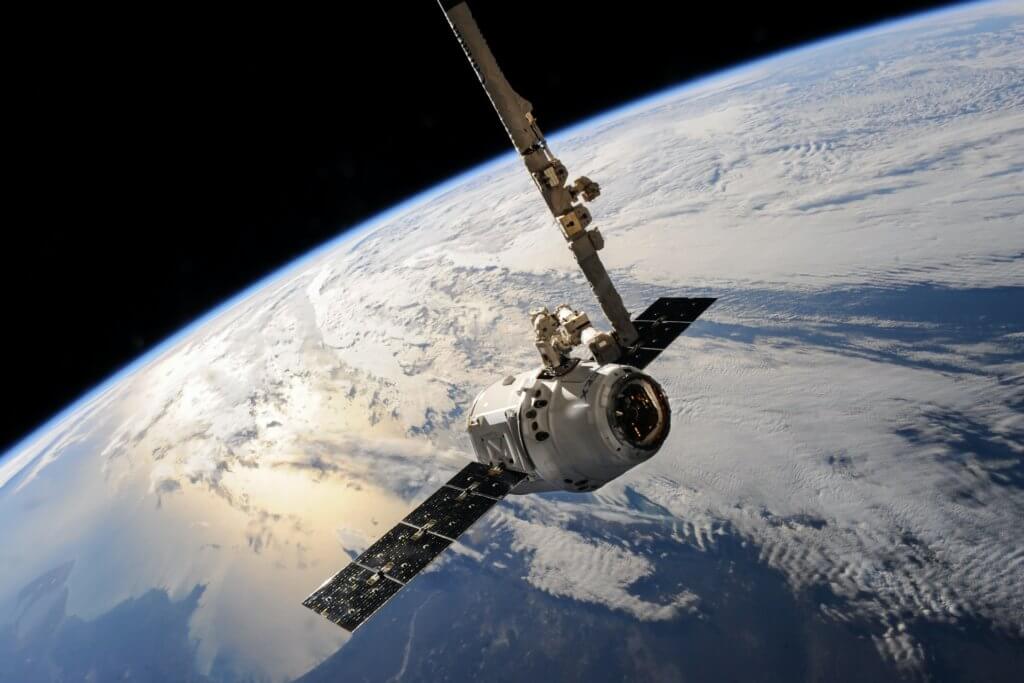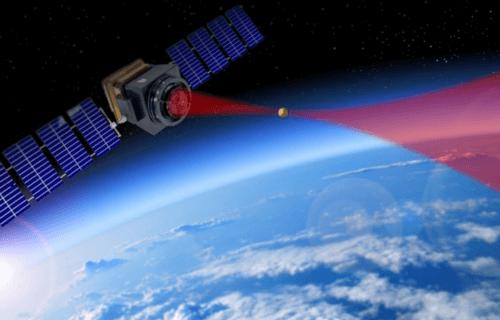COVENTRY, United Kingdom — Current satellites launched into space are the size of cars, and can be expensive to develop and launch. Now, researchers are trying to find ways to power shoebox-sized satellites known as CubeSats. A groundbreaking collaboration between the Universities of Warwick, Swansea, and Strathclyde in the United Kingdom is revolutionizing space technology by harnessing the power of nanoparticles as advanced sensors on these tiny satellites.
The consortium has received hundreds of thousands of dollars in funding to develop potential applications of nanoparticles and quantum physics in the field of space exploration.
“We are developing highly sensitive sensors for satellites that are greatly reduced in size and capable of measuring the space environment,” says quantum theorist Dr. Daniel Oi in a university release. “This is part of a broader international quantum technology program that will extend its applications from Earth to space-bound missions.”
Scientists have made significant progress in the field of levitated optomechanics, which involves manipulating and measuring the motion of tiny particles in free space using laser light. These advancements have revealed that nanoparticles can exhibit behaviors dictated by the laws of quantum mechanics, which govern the interactions of atoms and subatomic particles.
In laboratory conditions, nanoparticles — a thousand times larger than an atom and a thousand times smaller than a grain of sand — have shown promise as sensors. However, the challenge lies in applying this potential to real-world situations and beyond. To address this, researchers working with the UK Space Agency’s Enabling Technologies Program are pushing the boundaries of quantum technology to enable the use of nanoparticles as sensors in space. Their 18-month project, called “Levitated Optomechanical Technologies In Space” (LOTIS), aims to develop technologies that will pave the way for future space devices utilizing nanoparticles.

The potential applications of nanoparticles as sensors are vast. For instance, the density of the thermosphere — a layer of Earth’s atmosphere starting at approximately 80 kilometers above sea level — remains poorly understood. Leveraging nanoparticles as sensors could shed light on this aspect, enabling better comprehension of the drag experienced by satellites in orbit and aiding in the mapping of their trajectories.
The project also aims to create gravimeters, devices used to measure gravitational fields. These gravimeters would find extensive applications in geophysics and Earth observation, allowing scientists to map what lies beneath the Earth’s surface, proving invaluable for civil engineering and monitoring aquifers.
Furthermore, LOTIS will lay the groundwork for technologies supporting the proposed macroscopic quantum resonators (MAQRO) mission. The MAQRO mission aims to test the predictions of quantum mechanics on larger objects with greater masses, advancing our understanding of the validity of quantum mechanics beyond the atomic and subatomic scale.
“This project will help to make levitated optomechanical sensors a reality, creating the necessary technologies for a functioning sensing platform in both space and terrestrial applications,” says Dr. James Bateman from the University of Swansea.
The LOTIS project represents a significant leap forward in the integration of quantum technology and space exploration, with potential implications for various industries and scientific research fields.
This research has been commissioned by the UK Space Agency (UKSA).

